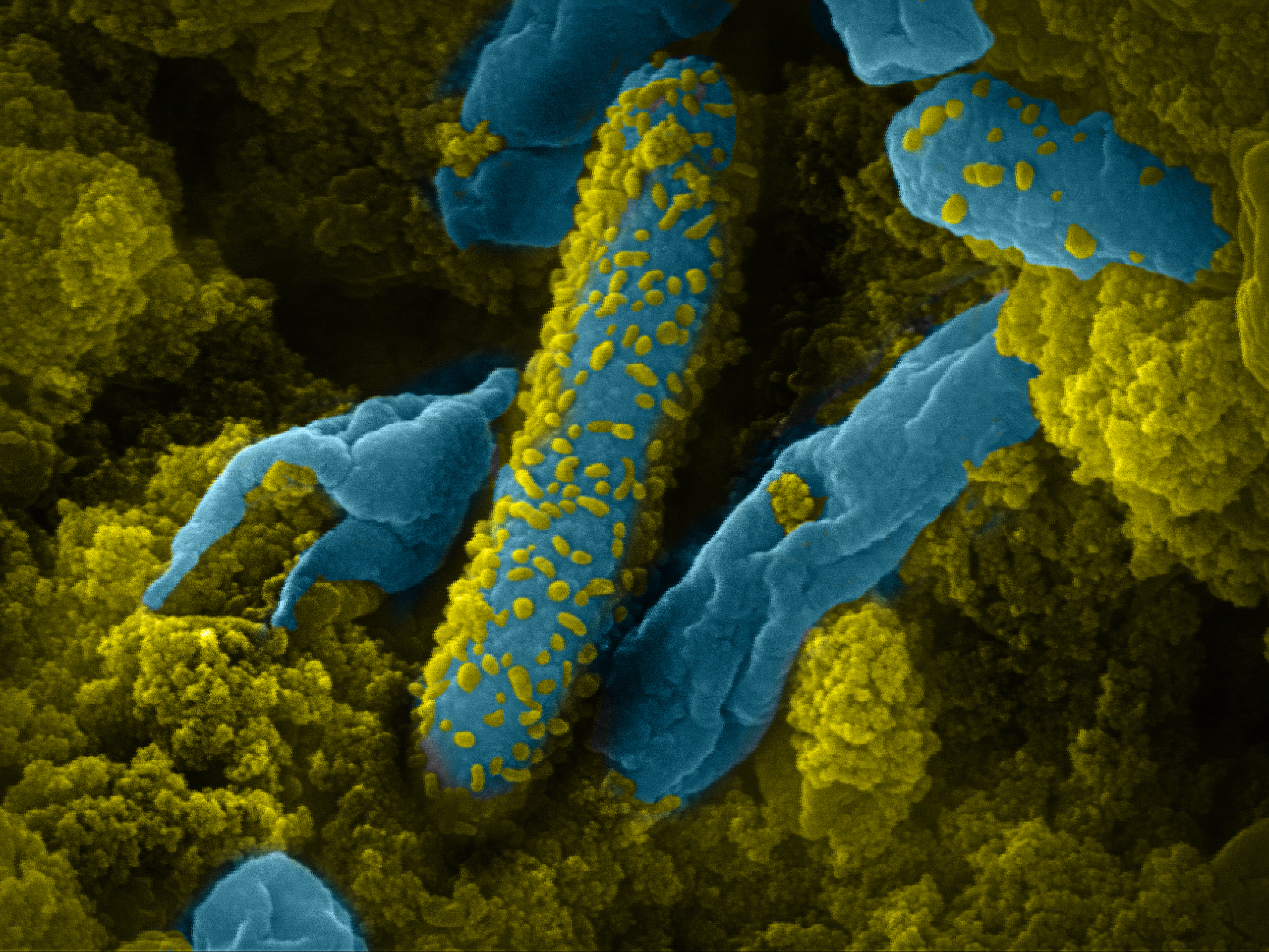One of the most urgent challenges for the sustainability of the planet is decarbonizing the economy and achieving the transition from fossil fuels to renewable energies. Basic research in the anaerobic microbial world and its biochemical strategies can lead us to develop solutions towards a more sustainable planet. That is the work of the Bacterial Energy Metabolism lab, led by newly elected EMBO Member Inês Cardoso Pereira at ITQB NOVA, in Portugal.

Anaerobic microorganisms do not require oxygen to survive. They are everywhere on Earth, including in our gut. Unravelling how they work, their metabolic pathways and the enzymes used for energy production can provide relevant knowledge for health and the environment, and insights on how to explore their biotechnological applications.
Uncovering the unique energy metabolism of these bacteria is key to understanding life, from how it begun in our planet to bacterial energy production, and can be used for useful biocatalytic transformations. One of the metabolic pathways of environmental microorganisms, relevant for the Sulfur cycle and the gut microbiota, is the dissimilative reduction of sulphate, a process with great environmental impact. Elucidating the details of these pathways helps us clarify not only how these ancient bacteria evolved into the ones that exist today but also to predict which life forms may exist in planets without oxygen.
These research approaches, focused on redox enzymes of anaerobic bacteria, have also developed into studies of applications in the production of green hydrogen and CO2 capture. In several anaerobic bacteria, the reduction of CO2 is performed by formate dehydrogenases that transform CO2 into formate, an H2 storage compound which is also a chemical fuel. Understanding this biological process is leading to the development of new technologies that can reduce atmospheric levels of carbon dioxide.
Hydrogen also plays a central role in the decarbonization process as a promising climate-neutral energy vehicle. Solid knowledge about these bacteria allowed us to develop innovative technologies to produce hydrogen from light, using these anaerobic microorganisms. We developed novel biohybrid systems to produce H2 from light by combining high hydrogen-producing non-photosynthetic bacteria with self-produced semiconductor nanoparticles that are very efficient in capturing light.
This field of research is growing rapidly and has proven very promising in the way towards a circular economy based on a sustainable decarbonization strategy.
For more information about Inês Cardoso Pereira’s work, please contact sci@itqb.unl.pt










